Which statement best describes a hypothesis?
a. the process of making careful observations
b. the correct answer to a scientific question
c. the facts collected from an experiment are written in the form of a hypothesis
d. a possible, testable explanation for a scientific question
D.
A cuckoo lays a single egg in the nest of warblers. Once the cuckoo hatchling is born, it pushes the warbler eggs out of the nest. As a result, the warbler parents care only for the cuckoo chick.
What type of symbiotic relationship describes the interaction between the cuckoo and the warbler?

parasitism
this is when one organism benefits and the other is harmed - here the cuckoo parasite gets the benefit of parental care and the warbler host loses its offspring
Which of the following features of the carbon cycle is most closely associated with mining and burning?
a. geologic reserves of fossil fuels
b. animal wildlife
c. plants
d. ocean water
A. geologic reserves of fossil fuels
humans extract and burn fossil fuels such as coal, oil, and gas to meet our energy needs; this alters the carbon cycle
Tiger salamanders have evolved to occupy a narrow ecological role or "way of life”. The adults feed on a variety of pond invertebrates, but they rely on seasonally flooded ponds for breeding habitat.
Is the tiger salamander an example of a generalist or specialist species, and why?
specialists because they rely on very specific breeding habitats
Niche specialists survive in only a narrow range of environmental conditions
In which country are the Dolomites?
:max_bytes(150000):strip_icc()/header-DOLOMITESTG0422-fbe3eee35f6347f895af184866d0523d.jpg)
Italy
Lying in bed, you notice that you are shivering. This is most closely associated with which step in the scientific method?
a. Making an observation
b. Making a conclusion
c. Stating a hypothesis
d. developing a test
A.
A. The pond snail population would decrease
B. The sunfish and bass populations would increase
C. The sunfish population would decrease
D. The pond snail population would increase
A and B
As part of the nitrogen cycle, bacteria convert certain nitrogen-containing molecules from one type to another.
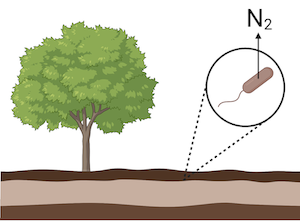
Which stage of the nitrogen cycle does the arrow in the image represent?
Denitrification
Which of the following statements regarding survivorship curves is accurate?
a. In type III, many organisms tend to die mostly during their younger years, but those that survive endure long lifespans
b. In type II, organisms tend to die mostly during their younger years, but those that survive endure long lifespans
c. Species with type I curve usually have small quantities of offspring
d.Species showing type I and III both provide a great deal of parental care
c. Species with type I curve usually have small quantities of offspring

In which country would you find the Batu Caves?

Malaysia
Which is the best example of a testable question?
a. How does the height of a ramp affect the speed of a toy car?
b. How much is one cup of coffee?
c. Does using social media for one hour every day make my life better?
d. Why are plants green?
A.
Suppose that in the food chain shown below, 3,000 kcal is available at the secondary consumer level.
Based on the 10%rule of energy transfer, how much energy is available at the level of the green algae?
300,000 kcal
Which of the following features is not included in the phosphorus cycle?
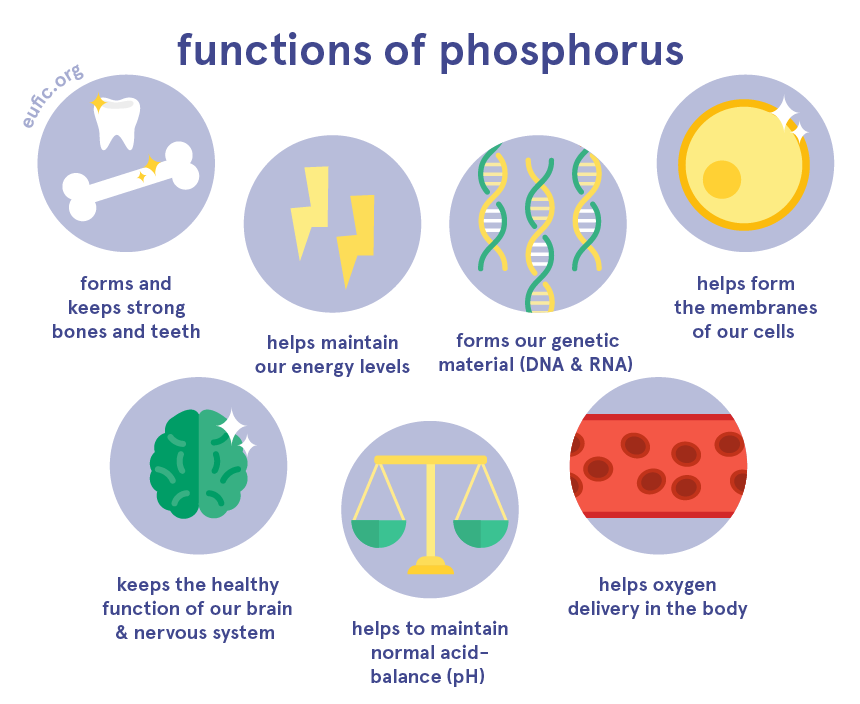
a. the atmosphere
b. fertilizers and detergents
c. rocks and deep ocean sediments
d. ocean water
a. the atmosphere
Cheetahs have come close to extinction due to hunting, disease, and poor environmental conditions. This has caused a decrease in the genetic variation in their populations. Which of the following is a result of the limited genetic variation?
a. The cheetah populations are less likely to be able to adapt to environmental changes
b. Cheetahs have a greater mate choice
c. The survival rate of young cheetahs is increased
d. Cheetahs in current populations are much healthier and are more resistant to new diseases
A.
In which country is the Mona Lisa painting?
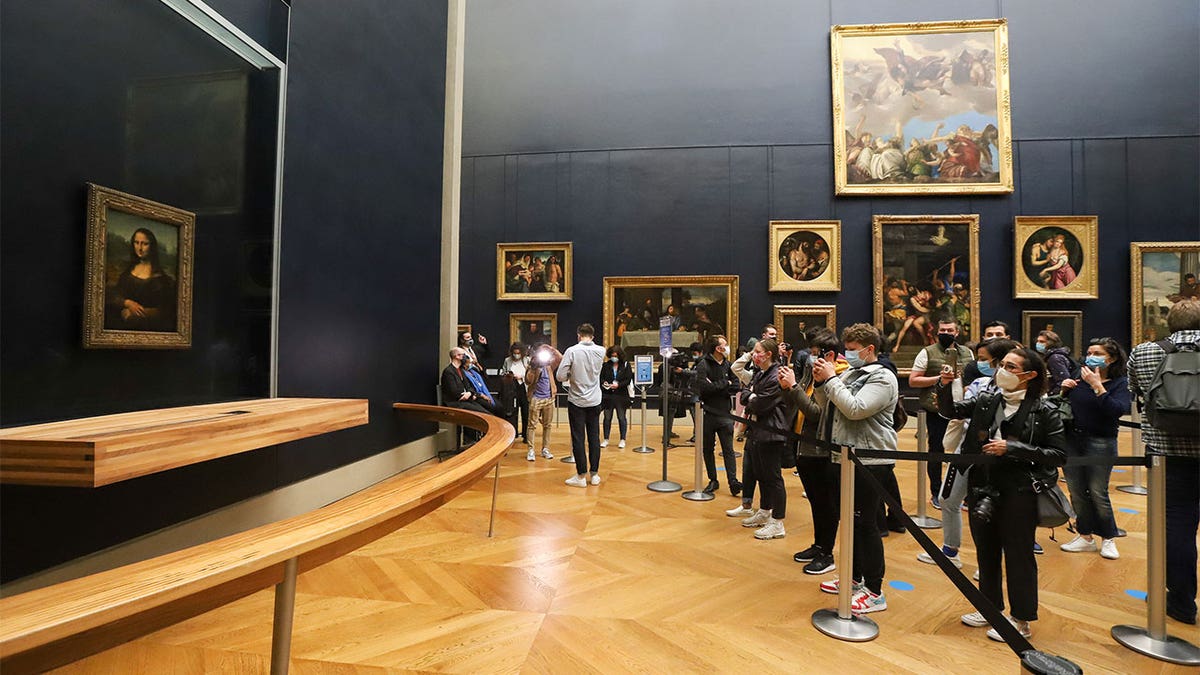
France
Alysha wants to test the effect of different materials on the melting rate of ice. She finds the initial mass of four pieces of ice. She then covers three pieces with either tinfoil, plastic wrap, or paper. The fourth piece is left uncovered.
After 30 minutes, Alysha calculates the final mass of each piece of ice to determine which melted the fastest.
What are the independent and dependent variables in Alysha's experiment?
IV: type of cover material
DV: mass of the ice
Which of the following best describes how urban development can affect biodiversity in an ecosystem?
a. biodiversity is lowest when urban development is kept to a minimum
b. as urban development increases, populations of generalist species may grow while populations of specialist species shrink
c. as urban development increases, populations of generalists species may shrink while populations of specialists species grow
d. biodiversity is highest when urban development occurs at high levels
B.
As part of the nitrogen cycle, bacteria convert certain nitrogen-containing molecules from one type to another.
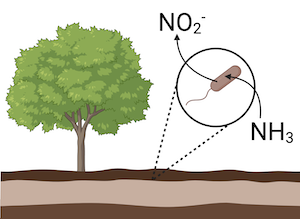
Which stage of the nitrogen cycle do the arrows in the image represent?
nitrification
ammonia is converted into nitrite ions
The populations of some countries are growing exponentially because
a. Human populations have not reached their exponential curve
b. Most countries have not yet completed the demographic transition
c. Human populations do not conform to the logistic model
d. The food supply is limitless
B.
In which country would you find the Gardens by the Bay?

Singapore
100 cows were given growth hormones and then compared to 100 other cows that were not given growth hormones. All 200 cows were weighted before and after 2 years. What is the IV, DV, and what should remain constant in this experiment?
IV: growth hormones
DV: weight change
constants:
The Sundarbans is a coastal area of India and Bangladesh that contains the world’s largest mangrove forest ecosystem. The dominant producer in the Sundarbans is H. fomes, which is a mangrove tree that grows in the salty coastal water and has lots of sunlight exposure. The roots of the mangrove trees provide food and habitat for many species of invertebrates and fish, which provide a food source for various snakes and birds. These animals, in turn, are eaten by the Sundarban’s top predator, the Bengal tiger. Which of the following best describes H. fomes in the Sundarbans mangrove forest ecosystem?
a. H. fomes is a heterotroph, because it provides food for various species of invertebrates and fish
b. H. fomes is a heterotroph, because it harnesses energy from dead organisms decomposing near its roots
c. H. fomes is an autotroph, because it uses energy from inorganic salts to produce its own food
d. H. fomes is an autotroph, because it uses photosynthesis to produce sugar molecules that is can use as food
D.

The water cycle collects, purifies, and distributes the earth's fixed supply of water.
What is the main energy source, or the motive force, of the movement of water between reservoirs?

the sun
In class, you performed the following activity:
You are all members of the Blobby Blob species. This is what each of you look like:

You all live happily together in the town of Blobville. You Blobs of Blobville have no predators, have a variety of food sources, and have lots of space to do whatever you choose! Life is good. But then all of a sudden, you wake up and hear the evil humans building a road that goes right through Blobville. Half of the Blobs are on the right side of the road, and the other half are on
the left. You saw your friend Blobby try to cross the road, but he then got run over by a car. This unfortunately happened to all other Blobs that have tried to cross the road. Over the next generations, each side of the road experiences different environmental and genetic conditions.
What process was being demonstrated in this activity? (Hint - three words)
allopatric vicariant speciation
In which country would you find the Appalachian Mountains?
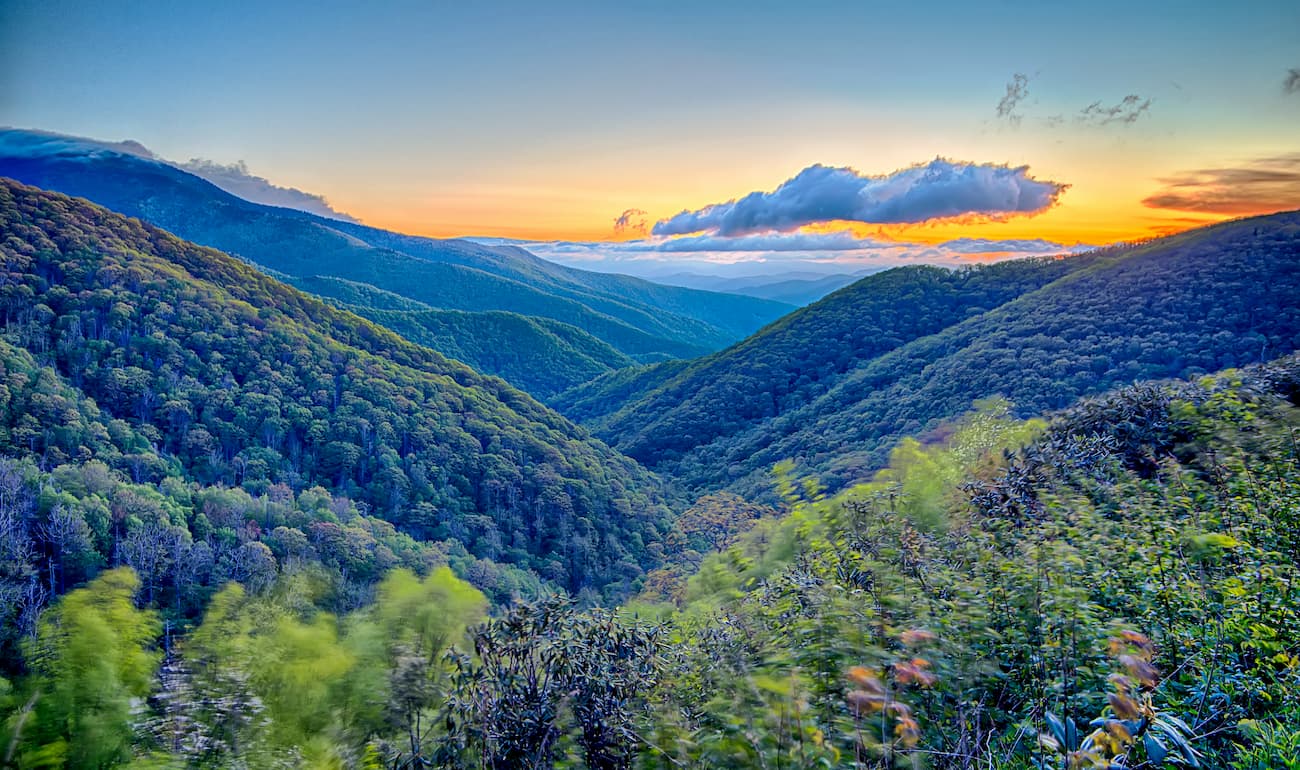
United States

